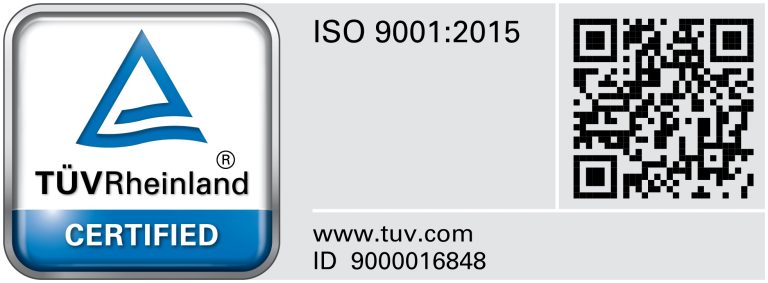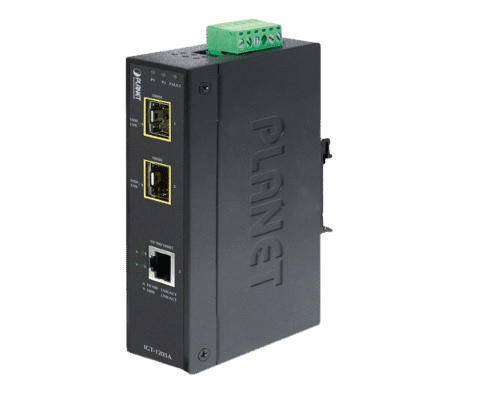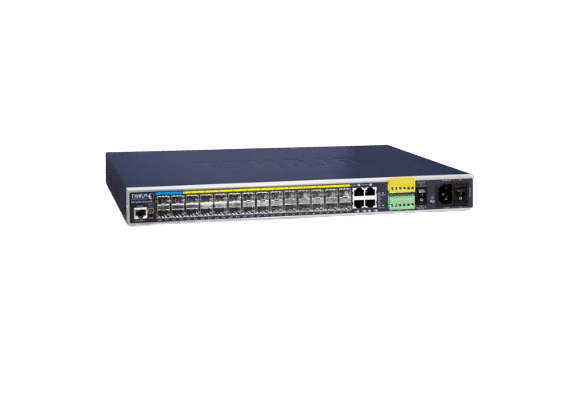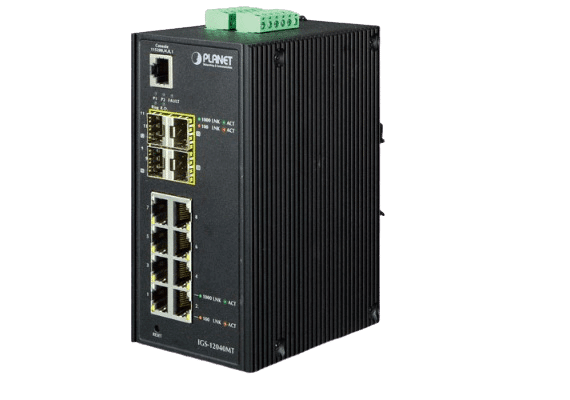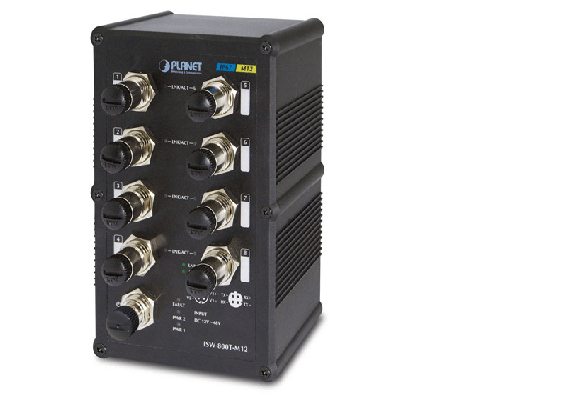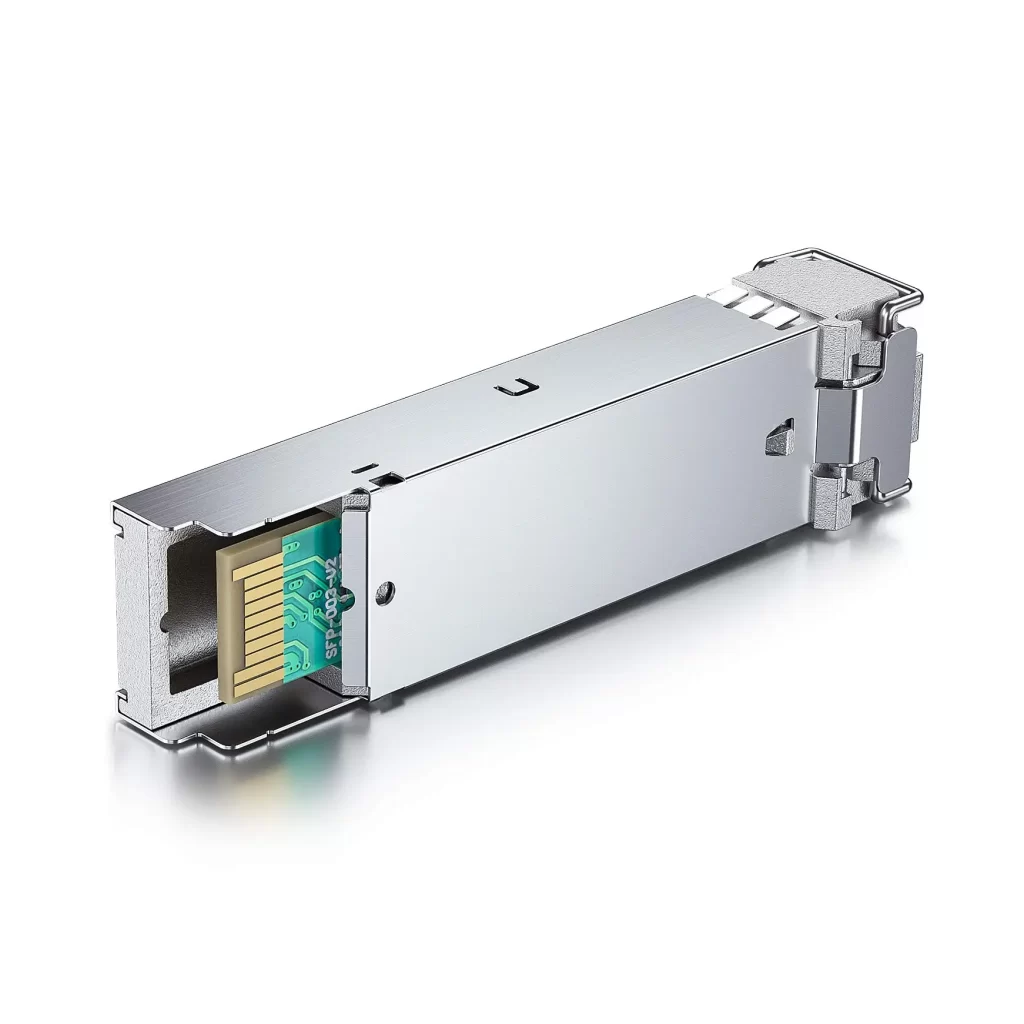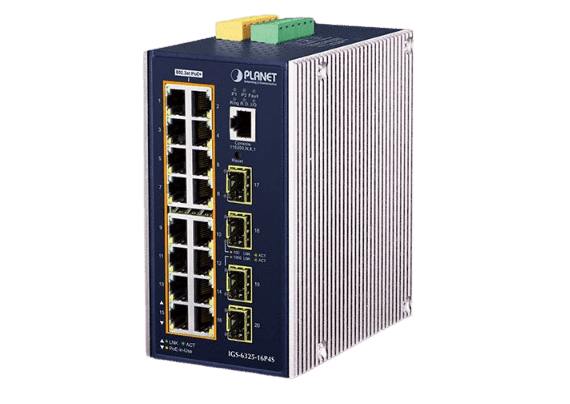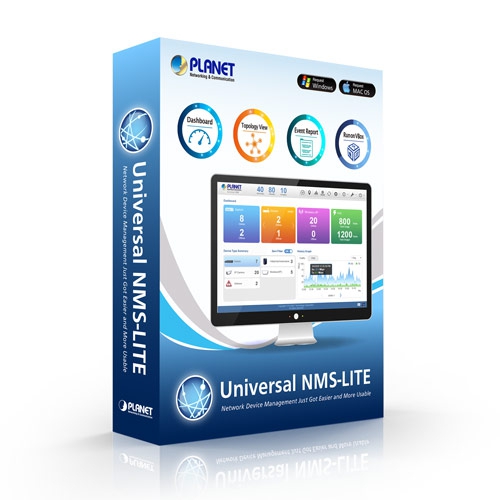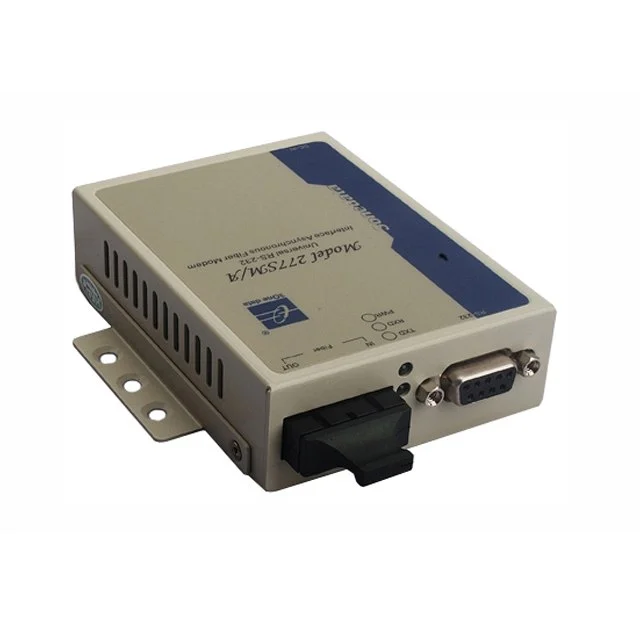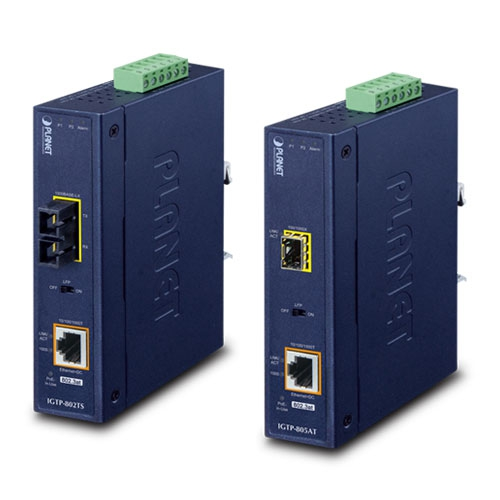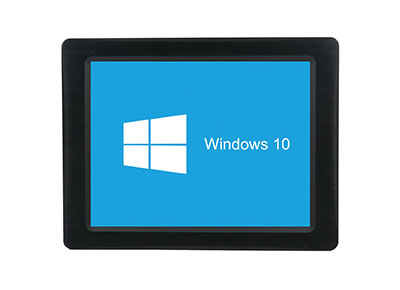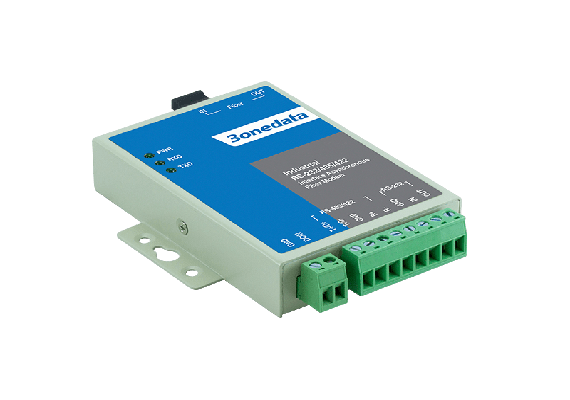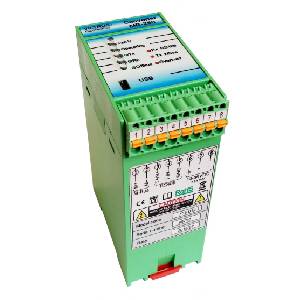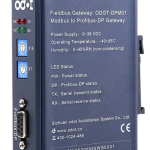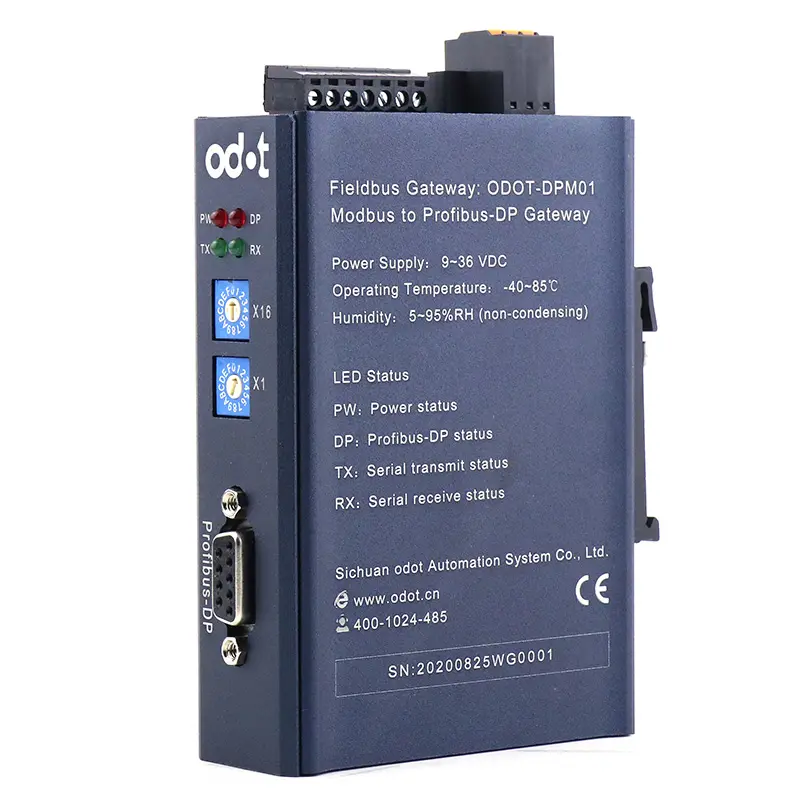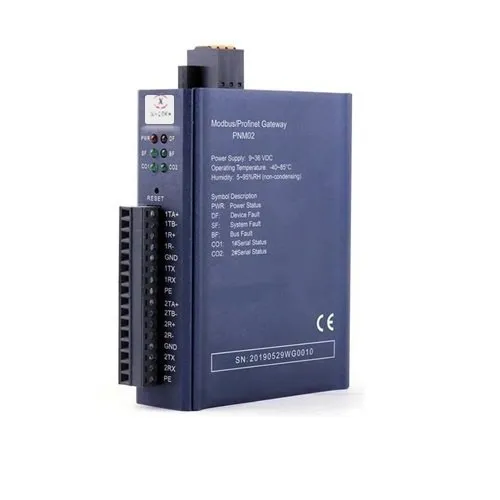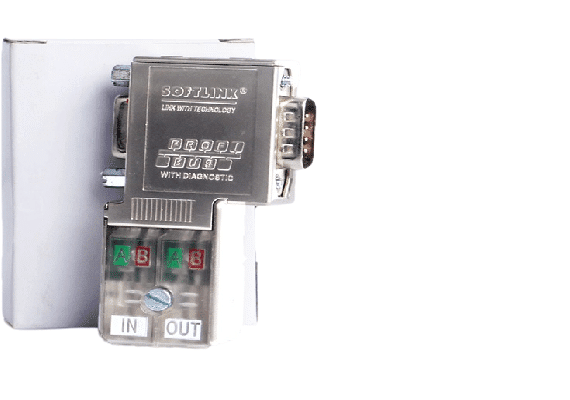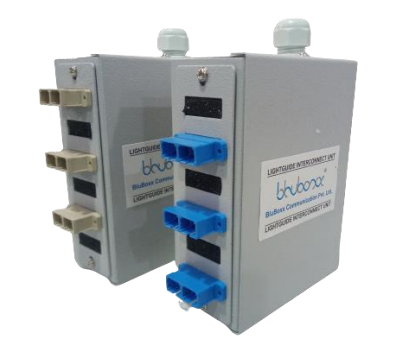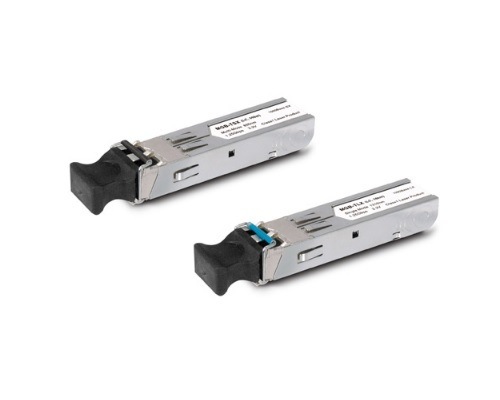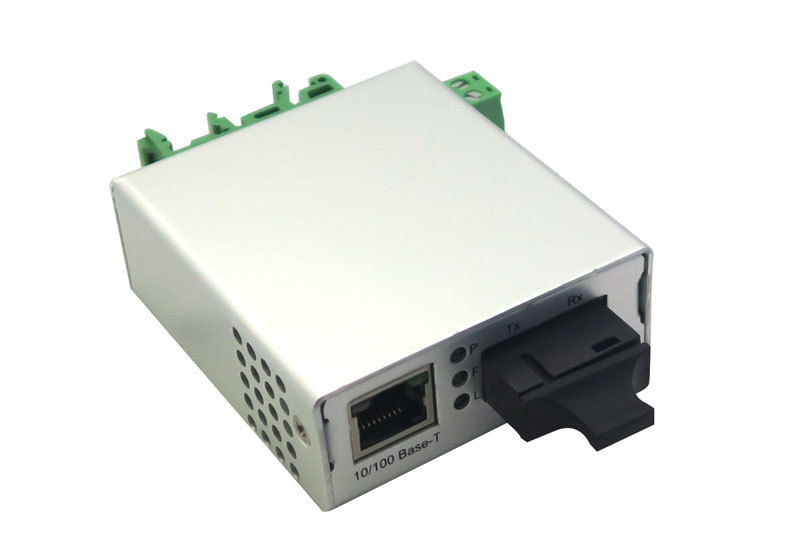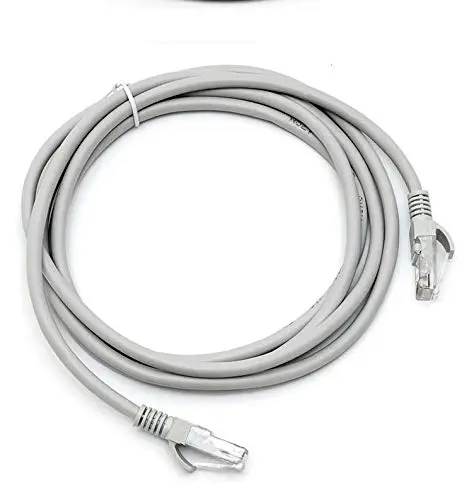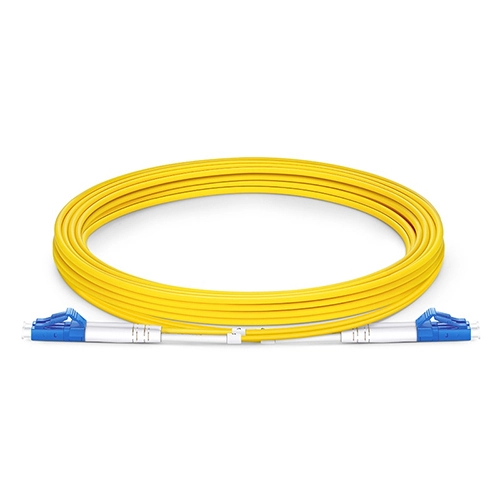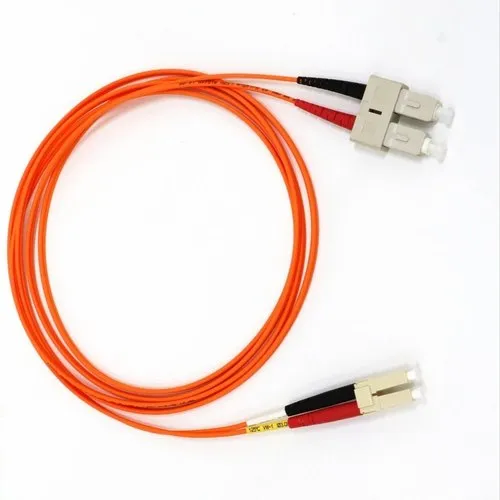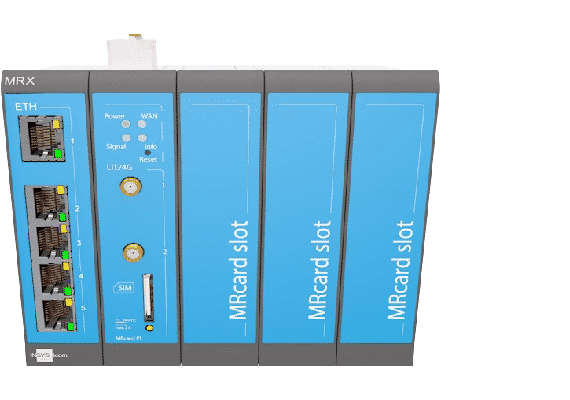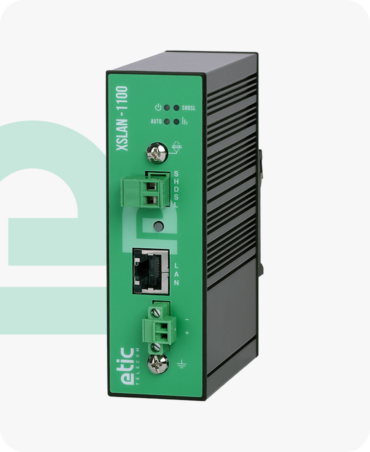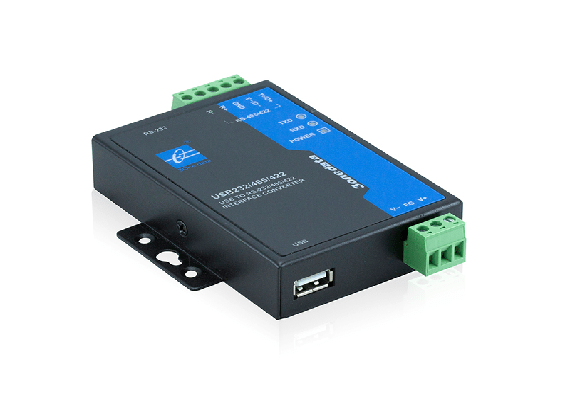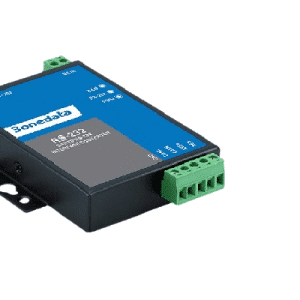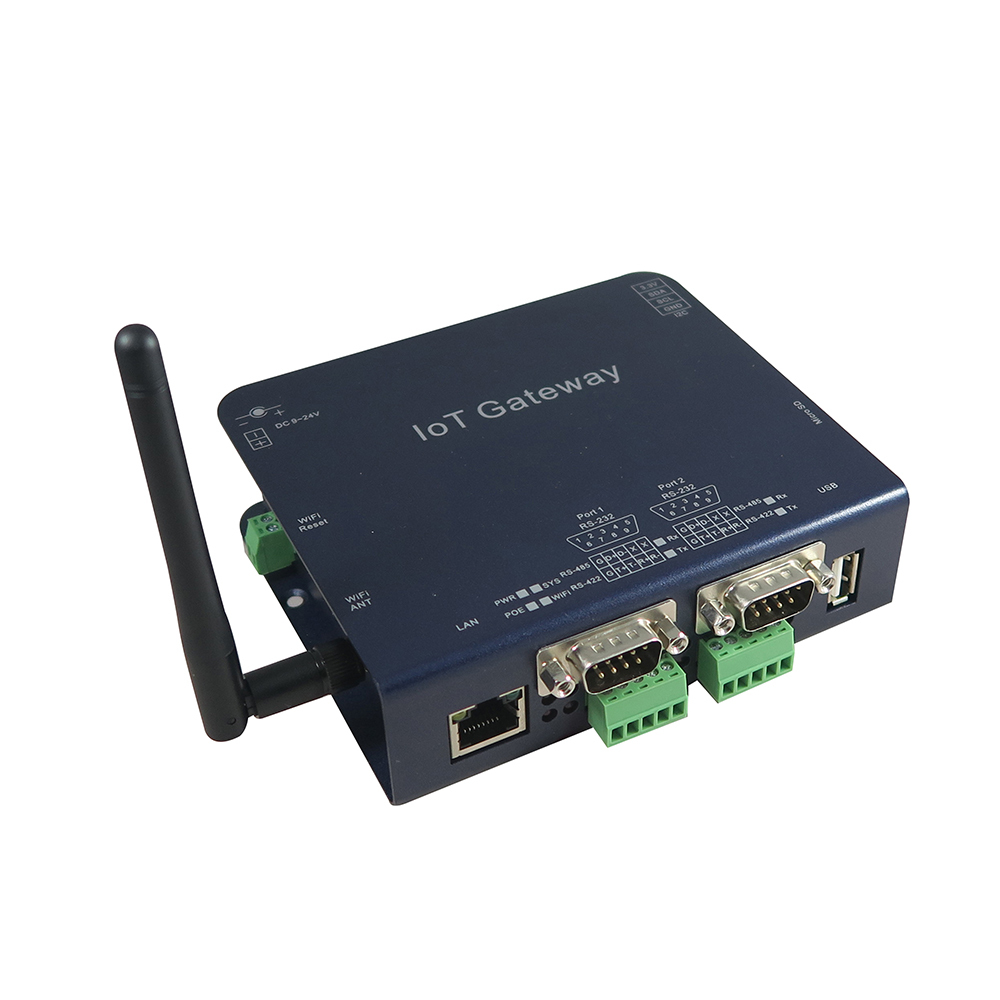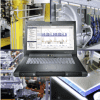| Mobile communication (only MRX LTE) | |
|---|---|
| Frequency bands | 4G/LTE*: 800, 900, 1.800, 2.100, 2.600 MHz; LTE Cat. 3 (DL: 100 Mbps, UL: 50 Mbps) 3G/UMTS/HSPA: 900, 1,800, 2,100 MHz; UMTS, HSPA+ (DL Cat. 24, UL Cat. 6) 2G/GPRS/EDGE: 900, 1.800 MHz; GPRS/EDGE Class 12 |
| Antenna connection | 2x SMA female (2G/3G/4G: Main, 3G: Rx Diversity, LTE: MIMO) |
| SIM | Slot for 1 Mini-SIM card (2FF), locked |
| Wire-bound VDSL/ADSL communication (only MRX DSL) | |
| DSL standards | MRX DSL-A (Annex A):
|
| DSL connection | RJ45 connector |
| Router | |
| Function | Up to 5 IP local networks (LAN) or as WAN with both, DHCPv4 and DHCPv6 clients, with static IP addresses, VLAN incl. tags and trunk ports; SLAAC, router advertiser, own DHCPv4 and DHCPv6 server per IP network; static routing, configurable routing priority; dynamic routing OSPF, BGP, RIP, RIPv2, RIPng; net filters: D-NAT, S-NAT, IP/port forwarding, netmapping, DNS relay, dynDNS support; PPPoE for external DSL modem, PPPoA (only MRX DSL); Dual APN: cellular traffic division across 2 APNs - e.g. for separating payload and management data |
| Security | OpenVPN (client and server), IP filters (stateful firewall) also in VPN tunnel, several VPN tunnels in parallel possible, IPsec, GRE (incl. multi-port), DMVPN, PPTP server |
| Redundancy | WAN chains: several WAN accesses configurable (prioritised and event-controlled), WAN groups: parallel operation of WAN interfaces or VPNs, several OpenVPN servers, additional redundancy via further MRcards; provider redundancy when using a multi roaming SIM card (see chapter “suitable accessories”) |
| Ethernet switch, interfaces | |
| Ports | 5 x RJ45, 10/100 MBit/s, Full/half duplex, Auto MDI-X, 1.5 kV isolation voltage |
| Function | Each port can be freely assigned to the IP networks, Link up/down detection, configuration port |
| Inputs | In basic variants: 2 digital inputs, monitorable status, 1x low active, connection to GND, 1x high active, connection to 10 ... 24 V DC, as per EN 61131-2, type 1 |
| Events (selection) | Change: input, Ethernet port, WAN chain, profile, supply input, cellular field strength; timer expiry, firewall violation, login attempt detection, pulse sequence at digital input, counter |
| Event-controlled actions (selection) | E-mail messages, SMS, SNMP traps, MCIP, start timer, profile switching, connection switching, reset, log out/turn off modem, activate firmware, pulse sequence |
| Operation | |
| Wizards | Configuration of connection incl. VPN, adding LAN networks, quick start of icom Connectivity Suite – VPN |
| Help | Web interface with inline help texts, online help, FAQ, exemplary profiles, plausibility check |
| Configuration | Local and remote web interface (http, https; with session management), command line interface (CLI), Telnet, SSH, ASCII and binary file (also for backup), configuration management with switchable profiles (event-controlled) |
| Indications (LEDs) | Power, WAN (Internet connection), Info (configurable), Signal (with cellular radio), DSL (with DSL) |
| Authentication | Several users, different user roles and rights, RADIUS |
| Diagnosis | Comprehensive log files, support package, integrated help functions, Diagnosis tools: ping, tcpdump, traceroute, DNS lookup, AT commands |
| Firmware updates | Incremental, fail-safe, automated via update server (http, ftp, https, ftps) |
| Edge Computing | |
| icom SmartBox | Linux programming environment: creation of LXC containers for programs and scripts (apps), ARMv7 CPU, 448 MB RAM, 7 GB flash memory |
| Additional features | NTP client and server, buffered real-time clock |
| Supply | |
| Voltage | 12 ... 24 V DC (± 20%), 2 supply connections with changeover detection |
| Terminals | 5-pin push-in terminal connectors (maintenance free), rigid/flexible conductors up to 2.5 mm1 |
| Power consumption | MRX DSL: typical approx. 6.5 W, max. 8.0 W MRX LAN: typical approx. 2.0 W, max. 3.5 W MRX LTE: typical approx. 2.5 W, max. 8.0 W |
| Ambient conditions | |
| Dimensions (WxDxH) | MRX3: 82 x 88 x 117 mm |
| Operating temperature MRX LAN, MRX LTE | -30...+75 °C 1 |
| Operating temperature MRX DSL | -25...+60 °C 2 |
| Humidity | 0...95% (non-condensing) |
| Approvals & Standards | |
| Certifications | CE, MRX LAN additionally: FCC Part 15 Class B, IC |
| EMC | Emission: EN 55032 Class B; Immunity: EN 61000-6-2, EN 55024 |
| Safety | IEC/EN 60950, 62368 |
| Environmental conditions | Vibration/shock as per PLC standard EN 61131-2 and EN 60068-2-6, EN 60068-2-27; Temperature tests as per EN 60068-2-1, EN 60068-2-2, EN 60068-2-14, EN 60068-30 |
Search Products
Search Products

MRX3 LTE
Basic LTE variant
LTE, UMTS/HSPA, GPRS/EDGE – 2 antenna terminals (MIMO)
5x Ethernet 10/100BT
- Description
- Specification
MRX - the flexible power High-performance and convertible for individual solutions
The smart MRX routers combine KRITIS (critical applications) level IT security, state-of-the-art technology, high computing power, sophisticated administration and programmability.
Freedom of design
Changing requirements require flexible solutions. The modularity of the MRX router series allows you to assemble a custom router for each individual application.
Extension options
The basic variants DSL, LTE and LAN are each available in two housing widths and have two digital inputs. Modular plug-in cards (MRcards) with additional interfaces can be added as required. In addition to the standard models, customer-specific MRcards can also be developed.
Future-proof
With the plug-in cards for the MRX router you will also be on the safe side in the future, because we are constantly expanding our range. This means that in the case of technology upgrades, e.g. to 5G, you can expand your router efficiently and at low cost.
